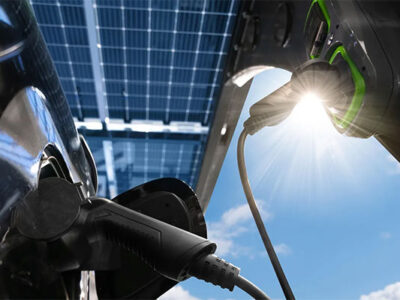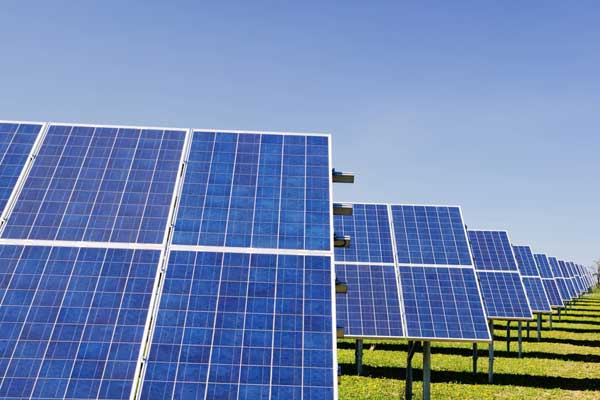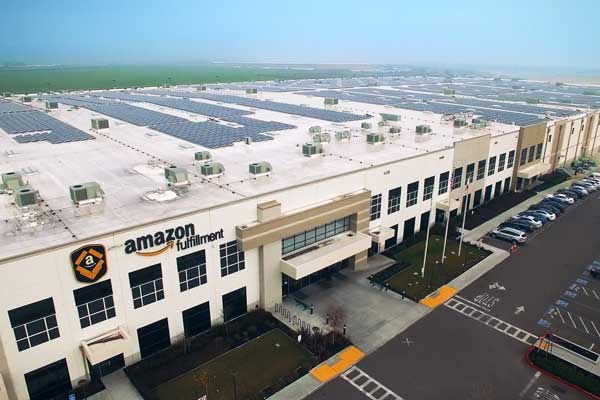- A new study reveals that U.S. utilities are independently moving towards 100% renewable energy, outpacing state policies.
- The transition is fueled by technological advancements, declining costs, and a shift from coal to natural gas and renewables.
- Even in states lacking renewable policies, utilities are committing to decarbonization, challenging the assumption that policy is the sole driver of clean energy adoption.
Utilities in the United States have pledged to transition to 100% renewable electricity by 2060, and although state mandates have played a role, it’s the utilities, themselves, that are leading the transition.
“Many people feel the transition on the policy side isn’t going fast enough,” said Matthew Burgess, a CIRES fellow, CU Boulder assistant professor, and co-author of the paper published today in Climatic Change. “But the private sector is moving faster than we thought. A lot has to do with technology, costs going down, natural gas replacing coal, and renewables replacing fossil fuels—policy is not the only lever.”
Grace Kroeger led the assessment for her honors thesis in Environmental Studies at CU Boulder, inspired by energy and sustainability work from an internship at a consulting firm.
“I wanted to look critically at what the people on the ground are doing,” said Kroeger. “For example, the companies that are responsible for the energy that we all use and consume.”
She and Burgess compared state renewable energy targets with utilities’ own goals. They looked at 30 years of data to assess what shifts utilities have made to achieve renewable energy standards, as well as what state-level goals may have pushed utilities to make changes.
Typically states use Renewable Portfolio Standards (RPS) and Clean Energy Standards (CES) to mandate changes, which vary across the country. Some states have none, some have aggressive policies, and some have easy, manageable goals.
They also looked at utilities’ own goals, generally published online. For example, Xcel Energy plans to reach 100% carbon-free electricity by 2050. The authors combined data into projections of when utilities are likely to fully decarbonize.
What they found may be surprising to some: Industry, overall, is outpacing policy. Utility companies are on track to meet or exceed the goals of states with stated policies and mandates, and the authors project the electric grid will decarbonize 100% by 2060, so long as utilities are true to their word. When nuclear is included in renewable energy portfolios, utilities will decarbonize even sooner, by 2050.
The study revealed another surprising finding: utility companies plan to decarbonize across the board, even in states without renewable policies or goals.
“For example, Southern Company has goals to decarbonize,” Kroeger said. “But the states the company operates in—Georgia, Mississippi, and Alabama—don’t have portfolio standards.”
There were differences between blue and red states, however. The authors found blue states tended to pass stricter renewable energy goals and policies. But even without mandates or standards, most states, including red ones, are still on track to decarbonize according to utilities’ goals.
The authors noted that the findings were based on what utilities have stated they plan to do in the future, which is not guaranteed. However, when looking at historical data, they found utilities have already transitioned to renewables and away from fossil fuels faster than planned.
Despite the good news, neither states nor utilities are on track to decarbonize as fast as the Biden Administration’s goal, announced in April: to eliminate fossil fuels from the U.S. energy sector by 2035. This announcement didn’t come with policy or mandates to aid a transition.
“There’s a lot of really interesting stuff happening in the private sector,” said Burgess. “The private sector creates interesting decarbonization connections across states, and it has interesting connections to the policy space.”
—
Publication Referenced in the Article:
Grace D. Kroeger et al, Electric utility plans are consistent with Renewable Portfolio Standards and Clean Energy Standards in most US states, Climatic Change (2023). DOI: 10.1007/s10584-023-03645-7
This article has been adapted from source material published by University of Colorado at Boulder.


















Comments